What's In This Guide?
It depends on if the tire has been used or not. Many experts state that you should not use or sell tires if they are more than 3-4 years old and were in constant use prior to that. If you have a set of unused tires laying around, you should not use or sell them if they are more than 6-8 years old, and that only makes sense if they were stored properly beforehand.
Climate is also an important factor as extreme conditions such as constant heat can make the tires unusable after only a year or two. Improper storage can also make your tires deteriorate even faster. All in all, be sure not to sell or use your tires if they are experiencing visible tire deformations such as sidewall damage, bubbles or flat spots.
Believe it or not, oxygen is the main culprit when it comes to tire deterioration as it breaks down the tire compound both from inside and out. Even though all modern-day tires utilize various antioxidant blends in tire construction, these can only slow down the rate at which the tire deteriorates.
The polymer structure eventually starts losing the battle against oxygen and that is when a tire starts breaking down at a faster rate.
UV LightA process called photodegradation happens when the tire sits in direct sunlight for a while as the polymer structure that makes the tire starts to decay. Tires absorb UV light the moment they are exposed to it which means that the tire slowly starts disintegrating.
Tires absorb UV light the moment they are exposed to it which means that the tire slowly starts disintegrating.
Tire manufacturers try to negate this with a so-called carbon black finish which is able to absorb that light and turn it into heat. However, these protective properties lose their effectiveness over time and your tires literally start “feeling the heat”.
OzoneOzone is essentially oxygen with an additional atom strapped onto it. Most of us heard about it because it can be found in the troposphere and the stratosphere, yet ozone is also constantly being created thanks to manmade pollution and is fairly detrimental to tire longevity, especially if the tires are not used.
Back in the 1950s scientists discovered that ozone plays a huge role when it comes to tire degradation and many tire manufacturers neutralize these effects by employing special wax and oil compounds directly onto the tire. However, these are virtually ineffective when it comes to stored tires.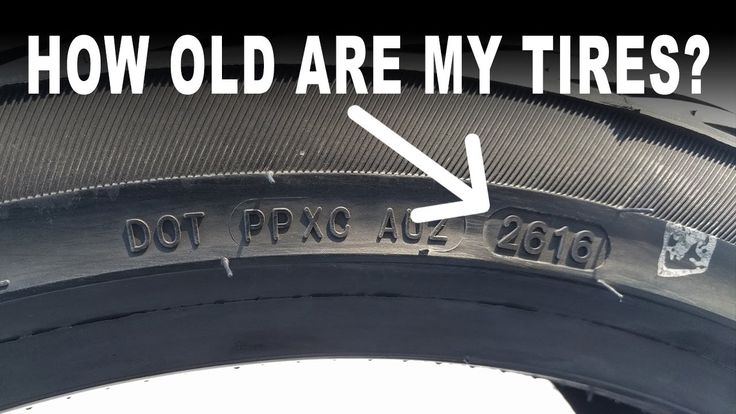
Temperature and humidity are a really bad combination for stored tires as these can significantly shorten the lifespan of a tire. Heat causes thermo-oxidative tire degradation while humidity opens the door for ozone-induced degradation as well.
As such, be sure to store your tires in an environment that is preferably between 32 F and 72 F, and always try to store them away from any potential sources of humidity.
Tires made in the 21st century usually come with a four-digit code placed directly on the sidewall of the tire. The code looks something like this – 0317 and is being accompanied by the DOT (Department of Transportation) number and the entire sequence tends to look something like this – DOT ATE9 UA40 0317.
The first two numbers (03) represent the week in which the tire has been made while the second two numbers (17) represent the year, which in this case is 2017.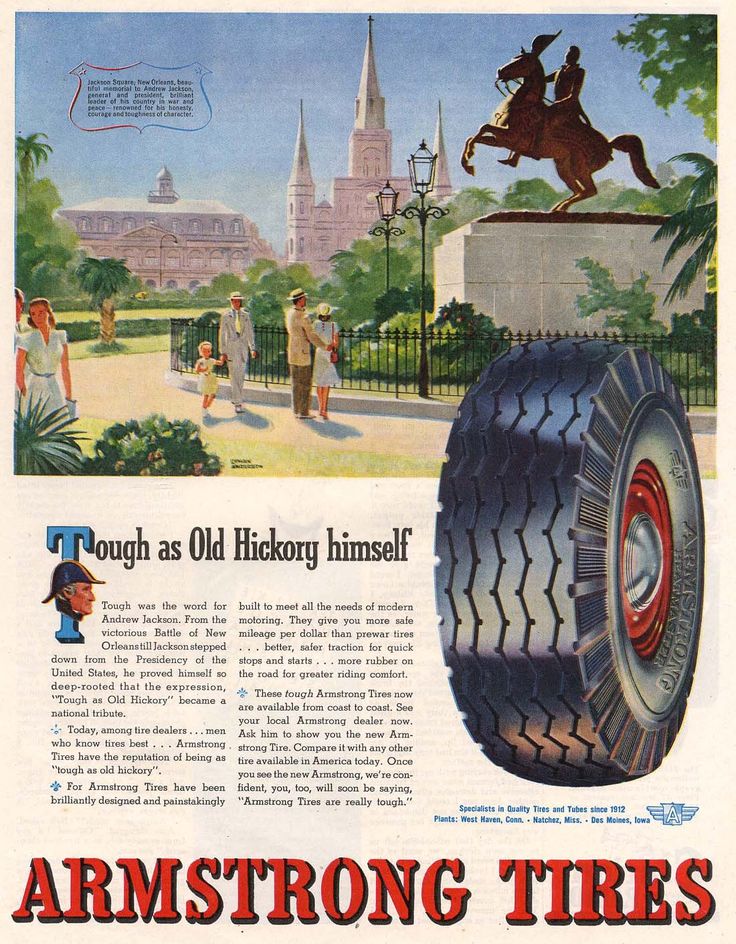 This means that a tire that carries the 0317 four-digit code was made in the 13th week of 2017.
This means that a tire that carries the 0317 four-digit code was made in the 13th week of 2017.
Pre 2000 tires come with a three-digit code which means that they are more than 22 years old at the time of making this article. It is a bit trickier to determine how old a three-digit code tire can be, but it is for certain that it is way too old for any purpose besides a tire graveyard.
There are no specific laws that prevent tire shops from selling you a set of old tires. The only way to make sure is to inspect the four-digit code on the tire. Some tire shops have a strict policy on older tires which means that they are not only going to refuse to sell you a set of older tires, they might even refuse to mount them on your car.
Most tire manufacturers offer a 4-6 year tire warranty while some manufacturers will even cover their tires for 8-10 years or until the tread wears out. Obviously, driving with a set of bald tires is always a bad idea, and no one is willing to cover any potential damages that might arise from a set of bald tires.
Obviously, driving with a set of bald tires is always a bad idea, and no one is willing to cover any potential damages that might arise from a set of bald tires.
This means that they are not 100% confident that their tires will indeed last 4-6 years long. Many different aspects influence how long a tire can last and it is rather impossible to perfectly gauge the true lifespan of a tire. However, there are ways how one can make a tire last longer.
If you want to sell tires that have been in constant use, be sure to do so before they reach their 4th or 5th birthday, and only if the tire is in good overall condition. However, if you have a set of stored tires lying around, you should not sell them after 6-8 years in proper storage.
Many different factors play a role in how long a tire can last and still be considered safe. It makes no sense to buy a set of well-used tires anyway because tires are an essential safety aspect. It is virtually impossible to ever emphasize the importance of tires as they are the only thing that connects the car to the road.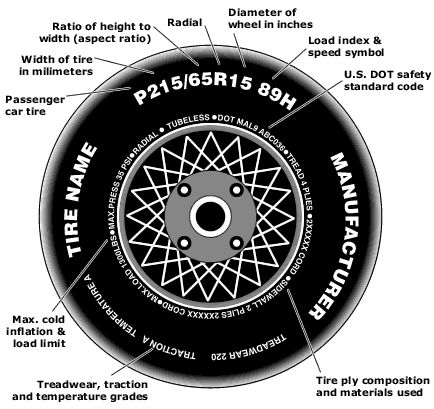
Tires have two seasonal sales peaks in the year. October is usually the start of the fall season sale promotion that encourages consumers to buy winter tires. Thankfully, San Antonio does not get blizzards or ice storms so winter tires don’t apply to us. However, new sale gimmicks are a good opportunity to inspect or replace the old tires on your vehicle.
When buying are a reminder to inspect your set of tires and according to our research there is one thing you must be aware of. As a consumer, you must be aware that the new tires you are buying are actually new and not unsold inventory. New tires that have been in storage for several years can unintentionally be sold to customers as brand new tires.
Buying new tires that are already 1-2 years old is sort of like buying food that is already near its expiration date. Plus, you run the risk of paying for old rubber.
An old tire that has never been used can look exactly like a brand new one above. The tread is good, and the manufacture stickers may still be on it. When tires reach a certain age the rubber begins to dry out and crack. That can make it unsafe for road use because it may run the risk of blowing out, falling apart, or lose traction during bad road conditions. That is why one should know how to find the date a tire was made before having them installed on your vehicle.
The tread is good, and the manufacture stickers may still be on it. When tires reach a certain age the rubber begins to dry out and crack. That can make it unsafe for road use because it may run the risk of blowing out, falling apart, or lose traction during bad road conditions. That is why one should know how to find the date a tire was made before having them installed on your vehicle.
So why isn’t this fairly common knowledge? Because tires don’t have expiration dates. Automotive experts at Edmund say that not even the National Highway of Traffic Safety Administration (NHTSA) has a specific guideline for tire aging. Every set of tires goes through a different lifespan so there is no way to calculate a general rule for how long a tire should be kept on the road.
When shopping for a new set of tires take a look at the tires themselves. You will notice that on the sidewall there are a series of numbers in front of the word “DOT.” That stands for the Department of Transportation and the numbers the follow are like the tire’s social security number.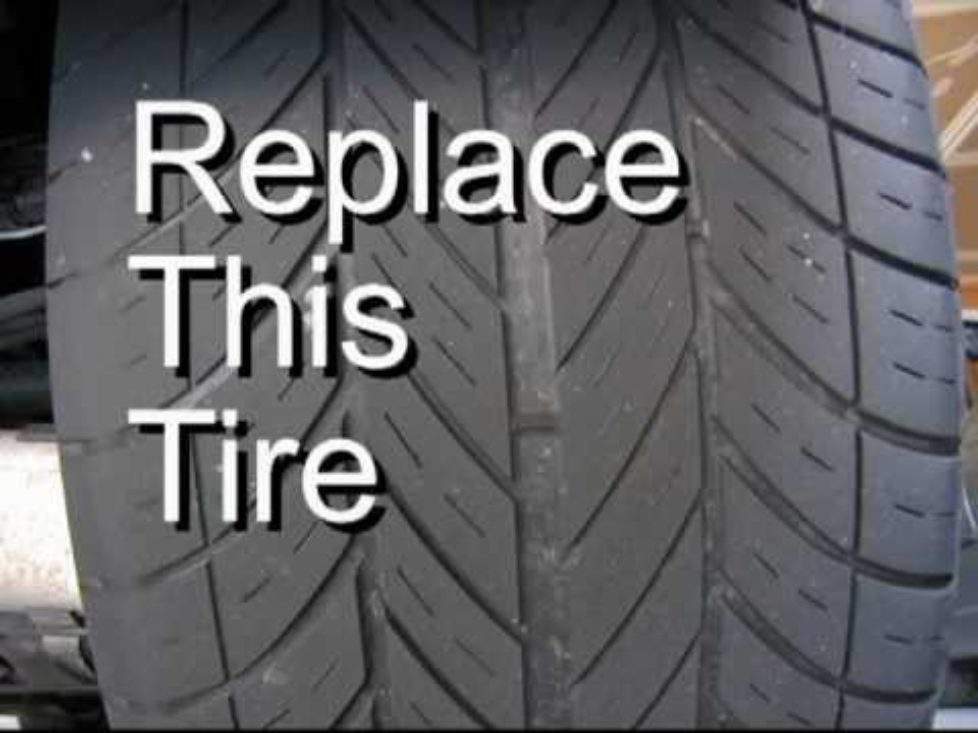 Those numbers tell you the size, manufacture code, where it was made, and there are two sets of numbers that tell you what week and year it was made. Those are the numbers you need to focus on, or ask an attendant to show you.
Those numbers tell you the size, manufacture code, where it was made, and there are two sets of numbers that tell you what week and year it was made. Those are the numbers you need to focus on, or ask an attendant to show you.
For example, if you see the number 1214 that means it the tire was made on the 12th week of 2014. These numbers are usually the last four numbers on the DOT code. All tires made from 2000 to now have this number pattern. Tires made before 2000 have a different code, but any tire over 10 years old is not recommended for road use. They are too old.
Throwing away a spare tire that have never been used may look like throwing away money. Spare tires are meant to aid you for a short period of time and it is best practice to replace them when you purchase a new set of tires for your vehicle. We recommend you avoid the risk of driving with a 7-9 year old spare tire after experiencing a flat or blow out.
We recommend you avoid the risk of driving with a 7-9 year old spare tire after experiencing a flat or blow out.
In summary, when you go to a retail store to buy new tires you may actually be buying “new” tires that have been in storage for several years. As a consumer, you have the right to ask for the newest tires because that’s what you are paying for. Knowing how to figure out the age of a tire means being savvy about your purchase.
In any case, if your or a loved one has been injured in an accident Davis Law Firm is here 24/7 to listen to your case! Our team of legal representatives offer free consultation so there is zero risk in calling. Don’t let the negligent actions of others effect the rest of your life, call us today! (210) 444-4444
Tires are not the first freshness. As absurd as it may sound, the question of the release date of tires worries some buyers.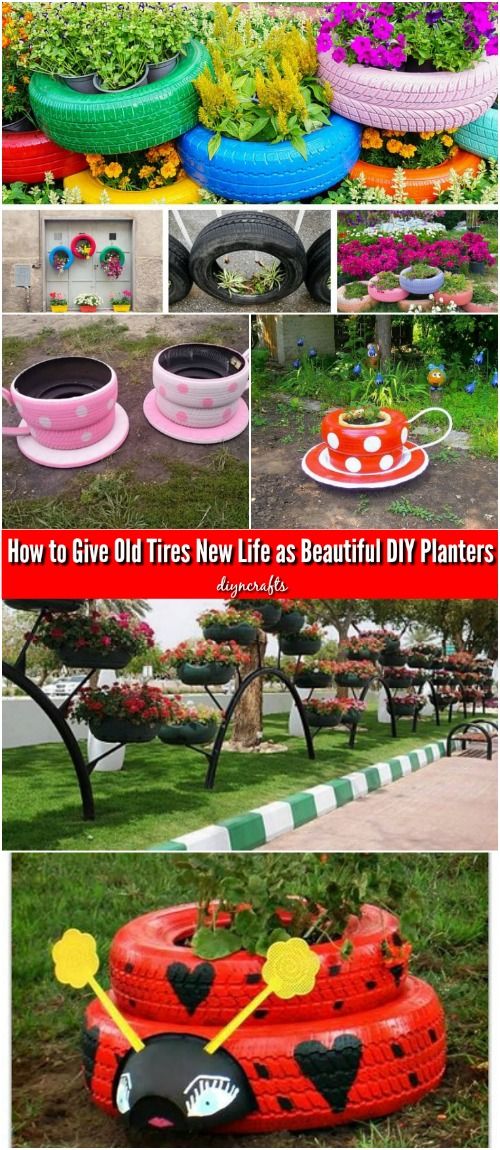 In garages and tire shops, they answer the question in completely different ways - does the year of rubber production affect the quality of the tire? To be honest, probably not. Let's figure it out.
In garages and tire shops, they answer the question in completely different ways - does the year of rubber production affect the quality of the tire? To be honest, probably not. Let's figure it out.
How to determine the year of manufacture of rubber? The manufacturer indicates the week and year of manufacture on the tire on the inner circle near the bead ring. 4 numbers in an oval - what we are looking for. For example, 4317 means that the tires left the assembly line in week 43 of 2017. It turns out, around October. In accordance with standards and common sense, you can absolutely safely buy new tires that were released 3-4 years ago. The manufacturer sets a warranty period. Usually it is 5 years. The service life can be much longer.
Yes, many tire manufacturers have tested new tires on par with 3 year olds at their test centers. Michelin's 2018 study received the biggest response. Rubber was tested in Asia, Europe and proved that new and three-year tires are one and the same.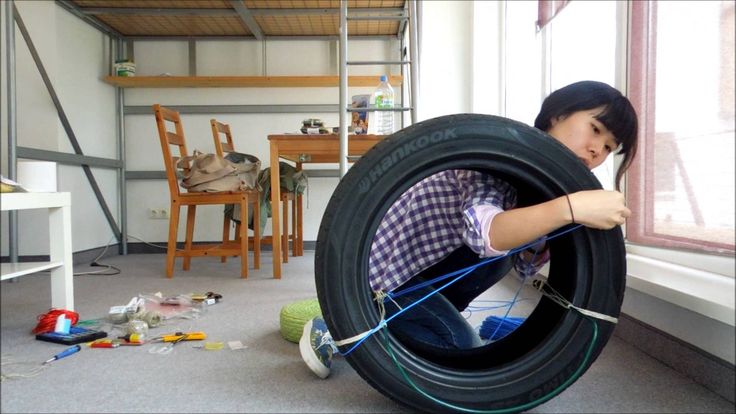 The result of the experiment was the advertising campaign “Tyres are not bananas” and the conclusions: three-year-old tires from the warehouse are no different from new ones, and the real life of high-quality tires is up to 10 years from the date of production.
The result of the experiment was the advertising campaign “Tyres are not bananas” and the conclusions: three-year-old tires from the warehouse are no different from new ones, and the real life of high-quality tires is up to 10 years from the date of production.
Right. And in their research, Michelin experts spoke only about their tires, subject to strict adherence to the rules for long-term storage. In our country, everyone is guided by the norms and recommendations of GOST. It regulates the period during which the manifestation of defects is excluded - 5 years. During this period, they are considered new and are subject to sale in the usual way.
A visual inspection is sufficient for this. For example, you decide to buy tires in Yekaterinburg or Nizhny Tagil. And you are offered four-year tires, explaining this by the total supply of such a batch to the Urals. Examine each carefully. The main beacons are surface integrity and color.
Examine each carefully. The main beacons are surface integrity and color.
1. Exclude the presence of microcracks, even single ones - this is an indicator that the rubber has begun to dry for some reason.
2. The color of the tires should be a rich black, without whitish streaks and faded areas.
3. If you really want to, you can try on the wheel at the tire shop at the store. Rubber should remain intact, not give microcracks and require standard balancing.
In 99 cases out of 100, this will be the case. A quality tire may not show signs of aging after 5 years of proper storage. This is only possible with manufacturing defects.
No one has done exact research, but marketing is most likely to blame. In order to stimulate sales of new tires, it is logical to convince the client that it is dangerous to ride on old tires.
Yes.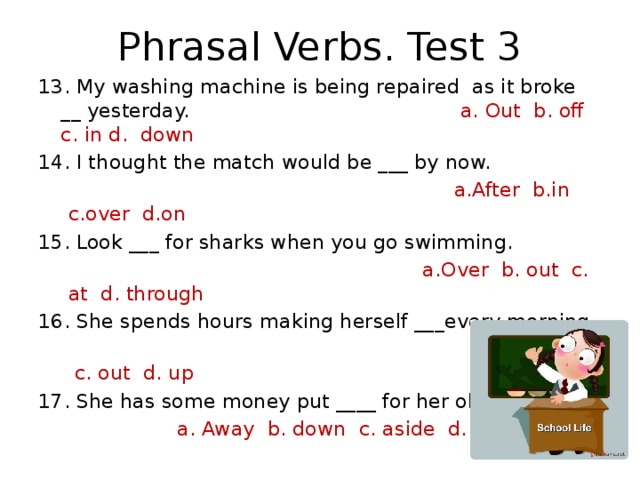 The warranty period of 5 years is the period in which the manufacturer assumes responsibility for possible defects. Moreover, it is calculated with a margin - with the expectation of active operation in a constant mode in difficult road conditions. The actual service life is much higher. We are also given a 3-month warranty for shoes, but we wear high-quality models for several seasons and do not know anything about the release date.
The warranty period of 5 years is the period in which the manufacturer assumes responsibility for possible defects. Moreover, it is calculated with a margin - with the expectation of active operation in a constant mode in difficult road conditions. The actual service life is much higher. We are also given a 3-month warranty for shoes, but we wear high-quality models for several seasons and do not know anything about the release date.
If you remember about the Urals again, then you will also use tires in the summer-winter shift mode, that is, with breaks. Our catalog contains all the leaders of the tire market. Therefore, you can buy rubber in Yekaterinburg and other large cities of the Ural Federal District directly from the manufacturer and be sure of its quality.
Consumer disputes over the age of tires have not subsided for several seasons. Buyers are excited that the warranty period for tires is limited to 5-6 years according to GOST, and after the expiration of this period, the rubber becomes unusable.
Is this really the case, read this article.
Manufacturers of most brands on their products set a shelf life of 5 years and a service life of 5 years too .
The shelf life of a tire is the period during which it retains its performance when properly stored.
The end of this period does not mean that the tires have become unusable . A shelf life of 5 years is given by manufacturers because, by law, they cannot set a shelf life higher than the service life. Tires over 5 years of storage cannot be called damaged or defective, their technical characteristics may be slightly reduced. American researchers argue that the period of storage of "shoes" must be at least 10 years. Experts from Germany are sure that it cannot exceed 6 years.
The expiration date of tires is the warranty period during which the manufacturer is responsible for the quality and condition of the tire if it was used for its intended purpose without violating the operating rules.
According to Russian legislation (GOST 5513, GOST 4754-97) , the service life of tires is 5 years from the date of manufacture.
How can I find out the date of manufacture of tires?
You can find out the age of tires by a special DOT code. Tires manufactured after 2000 in the DOT code contain two pairs of numbers, where the first pair indicates the week number of the year, and the second pair indicates the year. Earlier tires before 2000 have 3 numbers in their composition, where the first two digits are the week number, and the last one is the year (see the transcript in the photo).
Determination of the average shelf life of a tire according to GOST and operating conditions.
- The symbol ZR denotes tires for high-speed cars. They are recommended to be used at speeds over 240 km/h. up to 6 years
- Tires with the H symbol are used at a maximum speed of 210 km/h. within 5 years.
- The sign S symbolizes the maximum permissible speed of 180 km/h. and operational period of 4-5 years.
Most tire manufacturers do not agree that tire life is limited to 5 years. Each company has its own opinion on this matter. We analyzed several of them and the information they posted on their official websites.
Michelin
The French tire manufacturer Michelin has become famous for its active fight against the perception of the rapid aging of tires as a perishable product. Her information campaign "Tires Are Not Bananas" created a lot of noise in the automotive environment. According to the representative office, several test trials were carried out in Saudi Arabia, South Korea and Germany. As a result of testing, no difference was found between new tires and tires stored for 3 years. They were tested for various characteristics such as rolling resistance, high speed durability, etc. Tires with a year life were approximately equal in performance to 10-year unused tyres.
Tires with a year life were approximately equal in performance to 10-year unused tyres.
Michelin focuses the attention of car owners on the fact that tires are not a perishable product, their shelf life is not as important as the service life is important, starting from the date the tires are installed on the rims. It is from this moment that the tire is subjected to all tests: pressure, temperature changes, wear, contact with uneven and sharp coatings, etc.
Continental
On the Russian official website of Continental, we found the following information on the expiration dates of tires.
“When a tire is stored in the correct position and under the recommended conditions, it will not lose its original balanced performance for 5 years from the date of manufacture of the tire.
A properly maintained, unused tire less than 5 years old can be sold as a new tire and used normally.
Continental recommends replacing all tires (including spares) with a sidewall date greater than 10 years.
Nokian
The following information is posted on the Nokian official website:
“Tire life is not defined by law, but tires can only be considered “new” if they have been manufactured within the last five years. The recommended service life of tires is six years and the recommended maximum period is 10 years.
The opinion of our specialists, based on many years of experience, coincides with the opinion of manufacturers: the shelf life is 5 years + the service life is up to 10 years. Moreover, more "adult" tires, in our opinion, are of better quality.
To keep tires as long as possible, they are stored in compliance with all rules and recommendations. The main condition is a cool, ventilated, darkened room away from oils, paints, ozone, and heat sources.
Rubber products tend to lose their performance over the years. To prevent and slow down this process, manufacturers add polymers to the rubber compound. They prevent oxidative processes that occur due to the interaction of protectors with oxygen and ozone.
The following are the main conditions for the proper storage of tires in accordance with GOST 24779-81:
Maintaining a constant regime without sudden jumps, slight temperature fluctuations from -30°С to +35°С are allowed;
Provide a low humidity level of 50-80% in a dry, ventilated cool room;
Avoid direct sunlight, use darkened hangars, shield heat sources;
Keep away from sources of heat;
Tires should not come into contact with corrosive, copper materials.
Avoid kinking, loading or positioning on an uneven surface.
Avoid contact with oils, organic solvents, acids, alkalis, fuels and lubricants on the tire surface. It is forbidden to lay tires on a wet and dirty surface.
It is forbidden to lay tires on a wet and dirty surface.
In the warm season, when storing tires outside, they should be covered with light-tight material and raised above ground level to ensure ventilation and prevent the occurrence of the greenhouse effect.
Storage on reflective, light and heat absorbing surfaces is prohibited.
Keep away from chemicals, oils, paints, open flames, electric motors that produce ozone.
Used tires must be washed and dried.
Tires without rims should be stored upright.
The service life depends on many factors: the load on the car, the quality of the roads, the driving style, the distance traveled, tire damage, etc. To increase their service life, follow these rules:
Check tire pressure every 2-3 weeks. With reduced pressure, tire wear increases by the equivalent of a % reduction. For example, a 15% reduction in pressure can result in a 15% reduction in service life. Inflated tires are less scary.
For example, a 15% reduction in pressure can result in a 15% reduction in service life. Inflated tires are less scary.
The wear of the front tires is always significantly higher than the rear ones, so it is recommended to swap them after some time, carefully watching the direction of the tread pattern and the direction of rotation.
Proper alignment of tires in relation to rims. If the direction is not the same, then performance is significantly reduced.
To prevent damage to the sidewalls of tires, avoid close proximity to curbs and high ledges.
Wash off dirt from the surface of the rubber and from deep grooves with special cleaning agents.
Adhere to an even driving style without harsh brakes and quick starts.
Do not overload the car beyond the norm. 20% excess weight leads to a 30% loss of tire life.
Keep the wheels balanced and check the alignment angles annually.